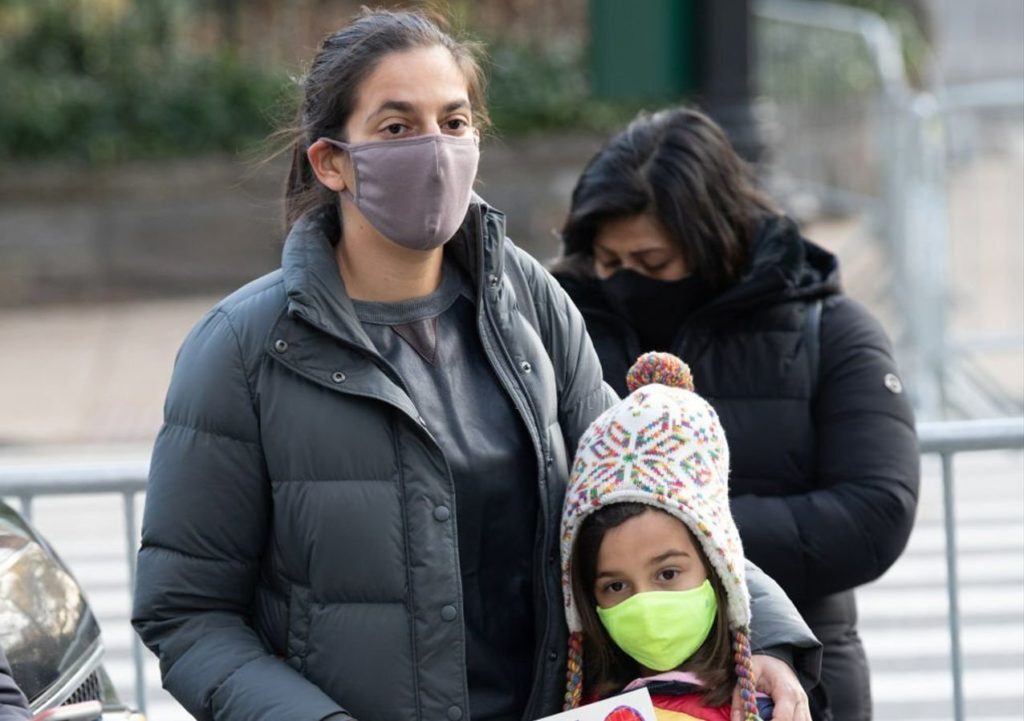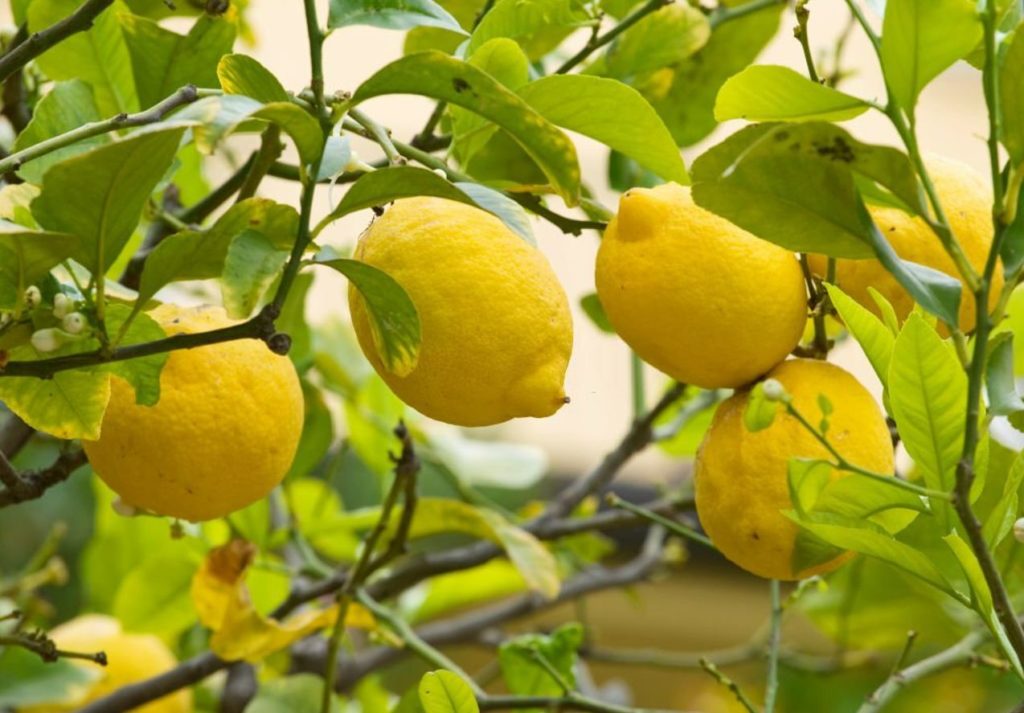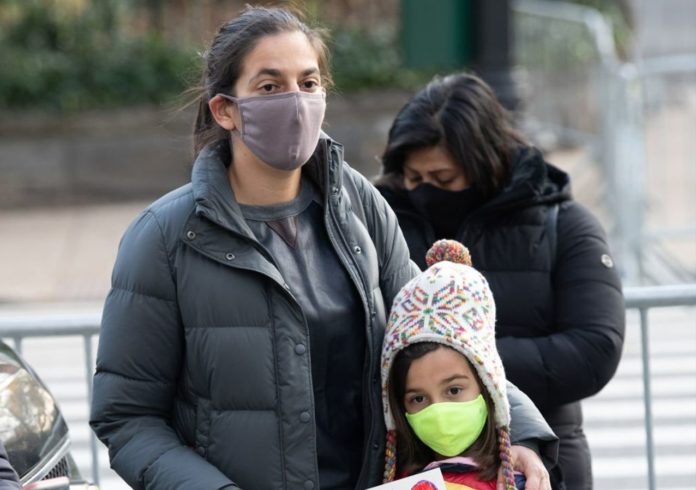Plant-based compounds capable of blocking the interaction between the SARS-CoV-2 S-protein and Human ACE2
With the current global crisis and its efforts to eradicate the threat and reduce the infectious rate of COVID-19, there is a pressing need for the speedy development of therapies.
However, the severity and efficacy rates of certain recently approved drugs (e.g., Remdesivir, Ivermectin, Lopinavir-Ritonavir, and Hydroxychloroquine) for the treatment of SARS-CoV-2 have revealed these medications’ prophylaxis capacity, which is associated with overall adverse potential outcomes.
One such licensed drug (Chloroquine) is used to treat malaria, and one of the most well-known nanomedicines, its derivative hydroxychloroquine, is used to treat coronavirus infection.

The study indicates concerns about the safety of using these medications to treat COVID-19 in hospitalized (AI) and non-hospitalized (AIIa) patients with substantial heart rhythm abnormalities such as blood and lymph system disorders, renal injuries, and liver problems and failure.
The FDA, a federal agency within the Department of Health and Human Services, canceled the emergency use authorization (EUA) for Chloroquine and Hydroxychloroquine because clinical trials were not viable due to considerable adverse effects.
Based on the results of six trials involving more than 6000 participants, the WHO does not recommend Hydroxychloroquine for the treatment of COVID 19.
Plant-based bioactive compounds (phytochemicals), on the other hand, show promising therapeutic efficacy against multiple SARS-CoV-2 targets. Furthermore, these compounds possess a variety of biological properties, including antioxidant, antiviral, and anti-inflammatory capabilities, which may be useful in the fight against COVID-19 virus infection.
Natural compounds are a lot better than synthetic drugs because they are less toxic. Ancient Indian scriptures such as the Rig-Veda [recognized three types of plants: trees (Vrksha), herbs (Osadhi), and creepers (Virudh)], Atharva-Veda, and Charaka Samhita [contains detailed descriptions of various medicinal plants] attest to the abundance of medicinal benefits of plants for the treatment of various human ailments.
Targeting the host or virus-related components is the most effective technique for preventing viral invasion. As a result, a deeper understanding of COVID-19 pathogenesis and the structure-function correlations of therapeutic targets can help new antiviral medication development succeed.
Directly blocking or indirectly interfering with the interaction between SARS-CoV-2 S-protein and human ACE2 is currently one of the most effective ways. Plant-based bioactive compounds have been found to be potential inhibitors of structural and non-structural proteins in the SARS-CoV-2 virus in several studies.
The human Angiotensin-Converting Enzyme 2 (hACE2) and the SARS CoV-2 spike receptor-binding Domain (RBD) were chosen as therapeutic targets for screening phytochemicals with promise antiviral effectiveness in this investigation.
This gene produces a protein that belongs to the Angiotensin-Converting Enzyme (ACE) family of dipeptidyl carboxydipeptidases and shares a lot of similarities with the human angiotensin 1 converting enzyme. The encoded protein functions as a receptor for the human coronavirus HCoV-spike NL63’s glycoprotein (S-domain) and the human severe acute respiratory syndrome coronaviruses, SARS-CoV and SARS-CoV-2, the latter of which being the causal agent of coronavirus illness (COVID-19).
According to recent investigations, the S-protein has a 20-fold higher affinity for the ACE2 receptor than SARS-CoV, as confirmed by Cryo-EM study of the spike protein structure in the perfusion configuration.
According to many studies, the entry of beta-coronaviruses into the body, such as the virus that causes SARS, the severe acute respiratory syndrome coronavirus (SARS-CoV), requires binding of the virus’s spike glycoprotein, the ‘S-domain,’ to the ACE2 receptor. As a result, ACE2 and spike RBD protein were identified as prospective therapeutic targets in this work, which used multistep virtual screening-based molecular docking approaches to find drug-like plant-based compounds.
The lead compound was also put through a series of tests, including guided MD, MD, ADMET, and pharmacokinetics. It was discovered that cells with ACE-2 and TMPRSS2 were more susceptible to SARS-CoV-2 infection. There were more ACE2-interacting residues in SARS-CoV-2 spike proteinRBD than in SARS-CoV due to significant changes in the SARS-CoV-2 sequence, particularly in the RBD domain.
The respiratory system, heart, gut, kidneys, and liver all express ACE2. As a result, these organs are more susceptible to viral infection.
Virtual screening of natural compounds using multi-step molecular docking processes, followed by Glide SP and XP to the free energy binding calculation using the MM-PBSA technique, resulted in the selection of the five top hits for both the primary and the secondary target (ACE2: Eriocitrin, Rosavin, Isoorientin, Palasitrin, and Ascorbic Acid & S-RBD: Procyanidin C1, Tannic Acid, Cinnamtannin B1, Isoskimmiwallin, and Terflavin A).
Several catalytic amino acid residues were shown to be significant for binding interactions in the molecular docking investigation. According to a rigorous chemical analysis, some amino acids (active site residues) were discovered to form salt bridges between two groups of oppositely charged molecules, which is critical for the formation of stable protein-ligand complexes. To achieve the highest efficacy of the therapeutic goal with minimal or no adverse effects, several criteria such as ADMET analysis, drug likeliness, pharmacokinetics, and pharmacodynamics, as well as pKi, LE, Pa, and Pi, were taken into account.

The binding free energy in molecular docking was reported in the study to be between -9.01 and -11.982 kcal/mol & -7.782 to -8.51 kcal/mol for selected hits, with the lower bound being around -7.782. Mahrosh et al., 2021 also found “Rosavin,” an O-acyl carbohydrate isolated from the Rhodiola rosea plant, to be effective antagonists against MERS-CoV (nsp13) protein, halting the virus’s spread in the future.
Cinnamtannin B1 from Twak (Cinnamomum zeylanica) was found to be the greatest binding compound against the RBD domain of spike protein.
“Terflavin A” was found to be a possible therapeutic candidate with the best binding affinity against the S-RBD receptor in their study.
Fmax (pN) and Wmax (kcal/mol) calculations using steered dynamic simulation revealed that Isoorientin has the best performance against Angiotens, with the highest force of 6871.666 pN and internal work of 1994.970 kcal/mol, followed by Rosavin with the second-highest force of 6082.755 pN and Palasitrin with the second-highest work of 1374.663 kcal/mol.
IsoSkimmiwallin, on the other hand, has the highest work value of 337.248 kcal/mol and the second-highest force value of 1665.646 pN, followed by Terflavin A, which has the second-highest work value of 249.389 kcal/mol. Cinnamtannin has the strongest force (1794.978 pN) against spike-Receptor Binding Domain (S-RBD).
As a result, these molecules with ACE2 and S-RBD receptor protein were submitted to a molecular dynamics simulation research based on the maximal force and work values. Throughout the 100 ns simulation trajectory, the RMSD, SASA, Rg, and RMSA data demonstrated that the ligand-protein complex was stabilizing, with better solvent accessibility and minimal variations in the amino acid residue at the target protein’s binding site.
These PCA analysis results bolstered the complex’s stability even more. In addition, the development and appropriate use of new medications necessitates an examination of their biological activity patterns as well as their metabolism in the human body. Additionally, pharmacokinetic characteristics and antiviral activity were computed in terms of Pa and Pi and ranged between 0,093 and 0,725 when Pa > Pi, indicating that lead Phyto compounds are more druggable against respective targets.
According to the scientists, the findings offered significant evidence of the potential antiviral therapeutic efficacy of plant-based bioactive compounds that can disrupt the virus-cell contact and thus be used to manage and treat COVID-19 disease.
This investigation yielded 5 effective therapeutic compounds for both targets (1R4L: Eriocitrin – found in Lemon, Rosavin – found in Rhodiola Rosea, Isoorientin – found in Gentiana olivieri, Palasitrin, and Ascorbic Acid – found in citrus and other fruits and vegetables) and (6M0J: Procyanidin C1 – found in grape, unripe apples, and cinnamon, Tannic Acid – foods such as coffee, tea, wine, grapes, cranberries, strawberries, blueberries, apples, apricots, barley, peaches, dry fruits, mint, basil, rosemary etc. contain it, Cinnamtannin B1 – found in Cinnamomum verum also known as True cinnamon tree Plant, Isoskimmiwallin – coconut oil, and Terflavin A – It can be found in Myrobalanus chebula).
“Our results revealed inhibitory potential of plant-based bioactive molecules against the virus protein which can act as suitable drug for combating viral infection,” write the authors
However, these compounds must undergo preclinical testing before being considered as potential antiviral treatment candidates against SARS-CoV-2.
Source: 10.21203/rs.3.rs-1517448/v1
Image Credit: Getty
You were reading: A surprising plant that can stop future COVID-19 spread and S-protein interaction with ACE2
